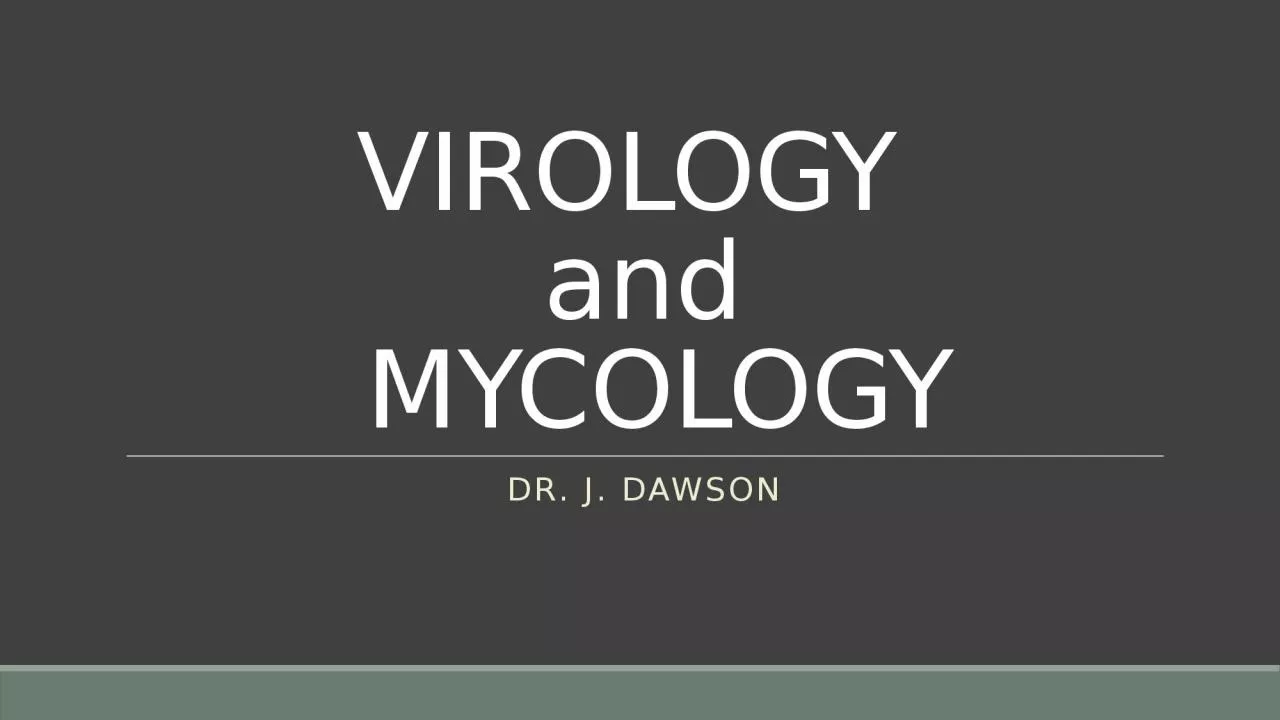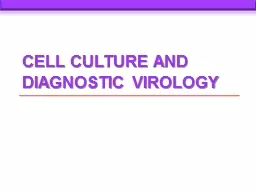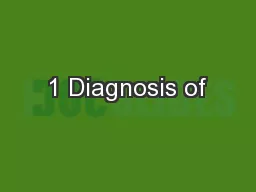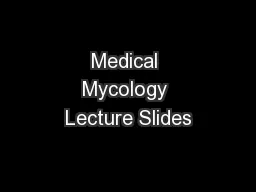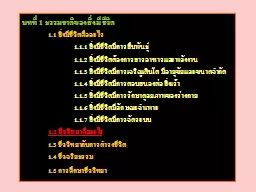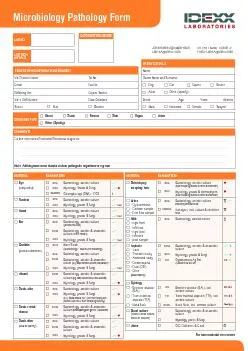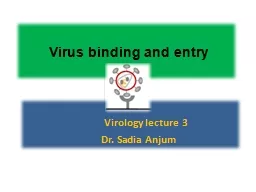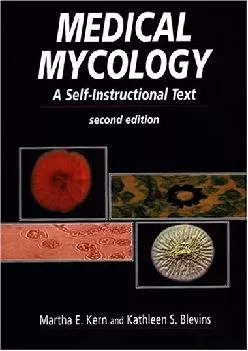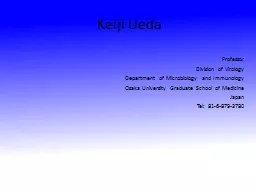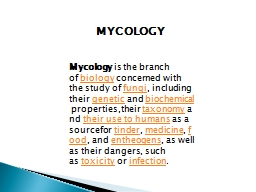PPT-VIROLOGY and MYCOLOGY Dr.
Author : susan2 | Published Date : 2024-01-13
j dawson VIROLOGY Viral Basics V iruses are infectious particles consisting of RNA or DNA covered by a protein coat infect cells and use host metabolic machinery
Presentation Embed Code
Download Presentation
Download Presentation The PPT/PDF document "VIROLOGY and MYCOLOGY Dr." is the property of its rightful owner. Permission is granted to download and print the materials on this website for personal, non-commercial use only, and to display it on your personal computer provided you do not modify the materials and that you retain all copyright notices contained in the materials. By downloading content from our website, you accept the terms of this agreement.
VIROLOGY and MYCOLOGY Dr.: Transcript
Download Rules Of Document
"VIROLOGY and MYCOLOGY Dr."The content belongs to its owner. You may download and print it for personal use, without modification, and keep all copyright notices. By downloading, you agree to these terms.
Related Documents

